Realme GT Neo 3 review: How does the world's fastest charging phone shape up?
World's fastest charging? Check. World's savviest Android phone? Not all of the time.

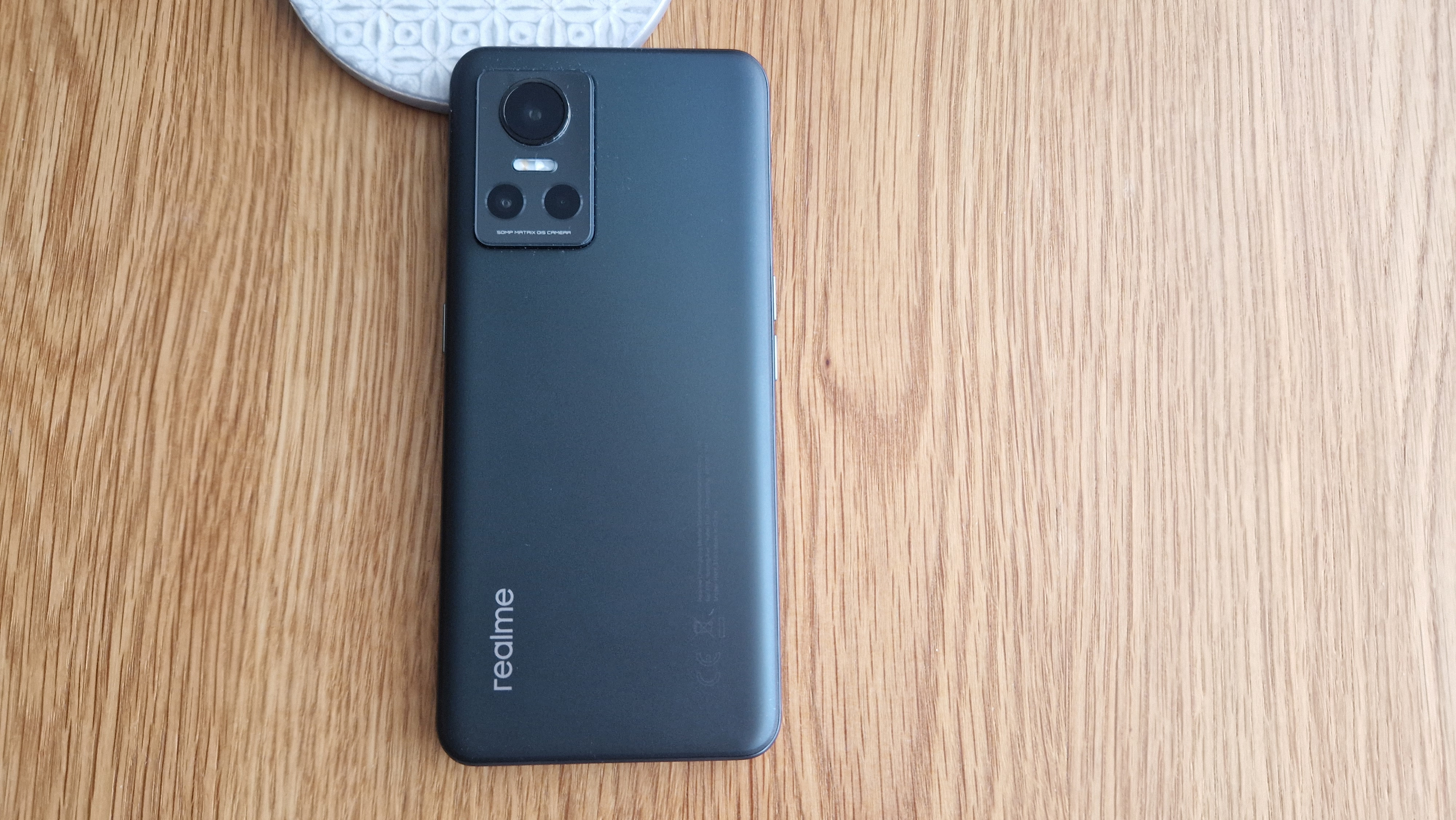
The Realme GT Neo 3 is a largely accomplished flagship for a cut of the price, complete with some eye-catching headlines that I've found impressive, including a bright and fast-refresh display, plus 150W fast-charging that's unbeaten in today's market. However, I find its software sometimes clunky – including various notification perils – simply holds it back from truly rivalling the very best in its category. I'm certainly impressed by that insane charging speed though, which for some will be worth the ticket price alone.
-
+
World's fastest charging (at launch)
-
+
Decent display (120Hz, 1300 nits)
-
+
Attractive price point
-
-
Software irks – notification issues and added bloatware
-
-
Dimensity 8100 powerful – but not foolproof
-
-
No wireless charging
-
-
So-so cameras array
Why you can trust T3
With such an abundance of Android phones hitting the market, new handsets really need a unique selling point to stand out from the crowd. Which is exactly what Realme delivers with the GT Neo 3: because when this flagship was announced back at Mobile World Congress 2022, it was in tandem with the reveal of the world's fastest charging tech.
How fast? Realme's 150W UltraDart Fast Charge is so speedy that it can recharge 50 percent of the GT Neo 3's battery in a mere 5 minutes at the plug socket. Five minutes, people – that's bonkers fast! Colour me impressed, just as I was on the show floor where I first saw the charging in action.
But does having the world's fastest charging on board your phone mean that other features veer off the track? I've been living with the Realme GT Neo 3 as my own for over two weeks, and in this review I'll reveal its superpowers and its super irritations.
Realme GT Neo 3 review: Price and release date
Pricing is £599.99 for the 12GB RAM 256GB ROM version – with 8 June set as the on-sale date. Those in the US and Australia may be able to locate import options from some retailers. Those in India, where the phone has been available since 29 April, will find the handset for 42999INR.
You can check out the embedded widget below for real-time stock and pricing updates from a whole host of vendors to find the best available price. There are other variants with more/less RAM and ROM options to provide a variety of options to suit you best.
Realme GT Neo 3 review: Design and display

Being that it's a GT – meaning Grand Touring in the car world, i.e. the best spec of its type – I was half expecting my Realme GT Neo 3 review loan unit to feature the racing stripes associated with that vision. Alas, no, I've got the Asphalt Black model which is, to my eyes, an off-black with some green hues in certain lighting situations at given angles.
This Realme GT Neo 3 finish isn't going to unnecessarily attract attention like a pair of racing stripes, or a bright yellow finish, but I actually quite like it. It's super smooth to the touch, really resistive of fingerprints, and if you want to stop it sliding off pretty much any surface upon which it's rested then there's an included case in the box.
Get all the latest news, reviews, deals and buying guides on gorgeous tech, home and active products from the T3 experts
I do wish that Realme would put a little more thought into that case though. It's simple flexible plastic, really doesn't enhance the look of the phone, is ill-fitting, and makes it feel much larger – in a not-so-good kind of way. So after a week I took the plunge, removed both the case and screen protector, and was immediately much happier (and much more risk averse, to be fair).
When the Realme GT Neo 3 isn't hidden behind such shrouds, it's an Android phone that, with the greatest respect, looks like most other flat-screen Android phones released these days: trim-ish bezel, single punch-hole camera cutout, and the typical 6.7-inch diagonal screen scale of the day. Which I don't mean as a bad thing, if anything such familiarity is a good thing.
The only obscurity, from my point of view, is the button layout: the power button is to the left (facing the screen), while the volume up and down duo of buttons are on the right. I find it makes tasks like taking a screenshot a little unnatural, but this layout is one I got used to, and one that Realme very much goes for. At least it makes it standout from being too familiar.

The Realme GT Neo 3's screen is one of its star points though: at 6.7-inches on the diagonal it's the typical large-yet-not-too-large scale that feels just about right to me. It's not too tall, not too wide, it just fits in the hand – well, so long as you don't use the case as I first did, as that changes things.
The OLED panel spreads 1080 x 2412 pixels across its 20:9 aspect ratio surface, delivering a decent level of sharpness, while the presence of 120Hz fast refresh can aid with smoothing out animations in various apps (or leave this set to Auto-select, which is what I ended up going for, where the software picks between 60Hz and 120Hz per app, as it thinks is best).
There's lots of brightness from this panel, too, with HDR (high dynamic range) compatibility to make videos pop, and oodles of colours that it can display. You can pick how those colours display too, selecting from a skew of Vivid (P3 gamut), Natural (softer colours), or Pro mode (widest gamut for brighter colours). I found things a little cool by default, but there's a Screen Colour Temperature slider to adjust between Cooler, Default and Warmer so I made use of that to get things just as I like them.
Realme GT Neo 3 review: Performance and battery

Here's an interesting data point: the Realme GT Neo 3 doesn't come with the same hardware in each of its international editions. This unit, received in the UK and, I believe, the same as the other European 150W handsets, features a MediaTek Dimensity 8100 at its core (some may feature a Qualcomm Snapdragon 870 instead, just not in the aforementioned geographic regions).
MediaTek is really on the rise, offering decent chipsets that can take on the best, with 8100 among the higher levels. And with 12GB RAM to play with in this review handset, loading up boatloads of apps is no issue for this handset whatsoever. That said, however, I've found that Dimensity 8100 isn't quite foolproof – in some games, such as South Park: Phone Destroyer, I've spotted the most minor of stutters on occasion.
Not that it's impacted my gameplay. Realme actually includes some pretty decent gaming features including Game Focus Mode, which you can swipe to from the side when an app has loaded and permit whether it can automatically block calls, alarms, notifications, quick settings, navigation and the like. The same tab from where that's launched also reveals temperature, battery life, even launch higher performance settings (there's a GT mode, because of course there is).
Overall, though, there's no issue in loading multiple apps and games and navigating around them smoothly using the Realme GT Neo 3. But just because I've been able to do that with success, doesn't mean that everything is a success: the biggest issue Realme has is around is software, in particular notifications.
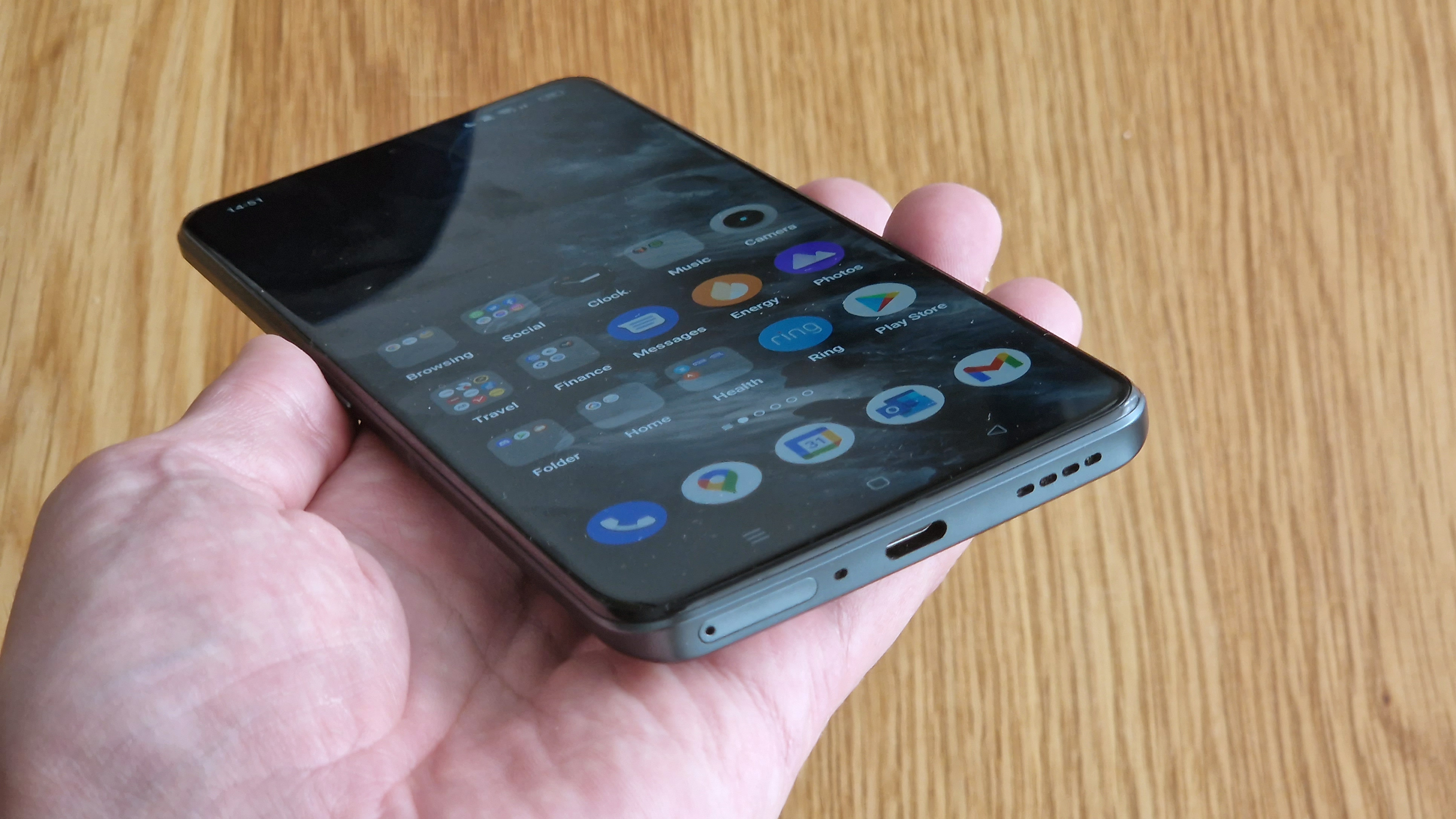
As with many phone companies from the Far East, there's a tendency to overlay own-brand software over Google's Android that changes how things work. It's really good from an efficiency point of view, that I've seen, but it can be really poor from a practicality point of view. And after a week of using Realme's UI 3.0 software, my WhatsApp notifications pretty much stopped unless I loaded the app. Some changing of the deeper per-app notifications seems to have turned this into a delay, but it's still unreliable and, to my point, the software is the main reason I wouldn't buy this phone.
One of the main reasons I would buy the Realme GT Neo 3, however, is that ridiculously fast 150W charging. Get the right plug and it really does zoom away. I've been impressed that it doesn't overheat the handset either, as so many competitors do. And it's lightning quick.
That's kind of essential, though, as the large 5,000mAh battery capacity doesn't last for the most accomplished periods of time. You can aid this by lowering the refresh rate, turning things off in the background, and so forth, but that's just not how I use any phone really. Yes, it'll get you through a day, at around 14 hours before getting into the red zone, but the top-end of its battery seems to get cut into pretty rapidly.
There is one other hurdle to be aware of: for whatever reason, Realme has decided to release an 80W version of the GT Neo 3 for the EU market (not the UK though). This obviously charges a lot slower, at around half the speed. It also makes the idea of buying the world's fastest charging phone overcomplex. Oh, and there's also a Realme GT Neo 3T, yup T, which I really can't comprehend – Realme just has an issue with launching too many phones in a given range.
Realme GT Neo 3 review: Cameras
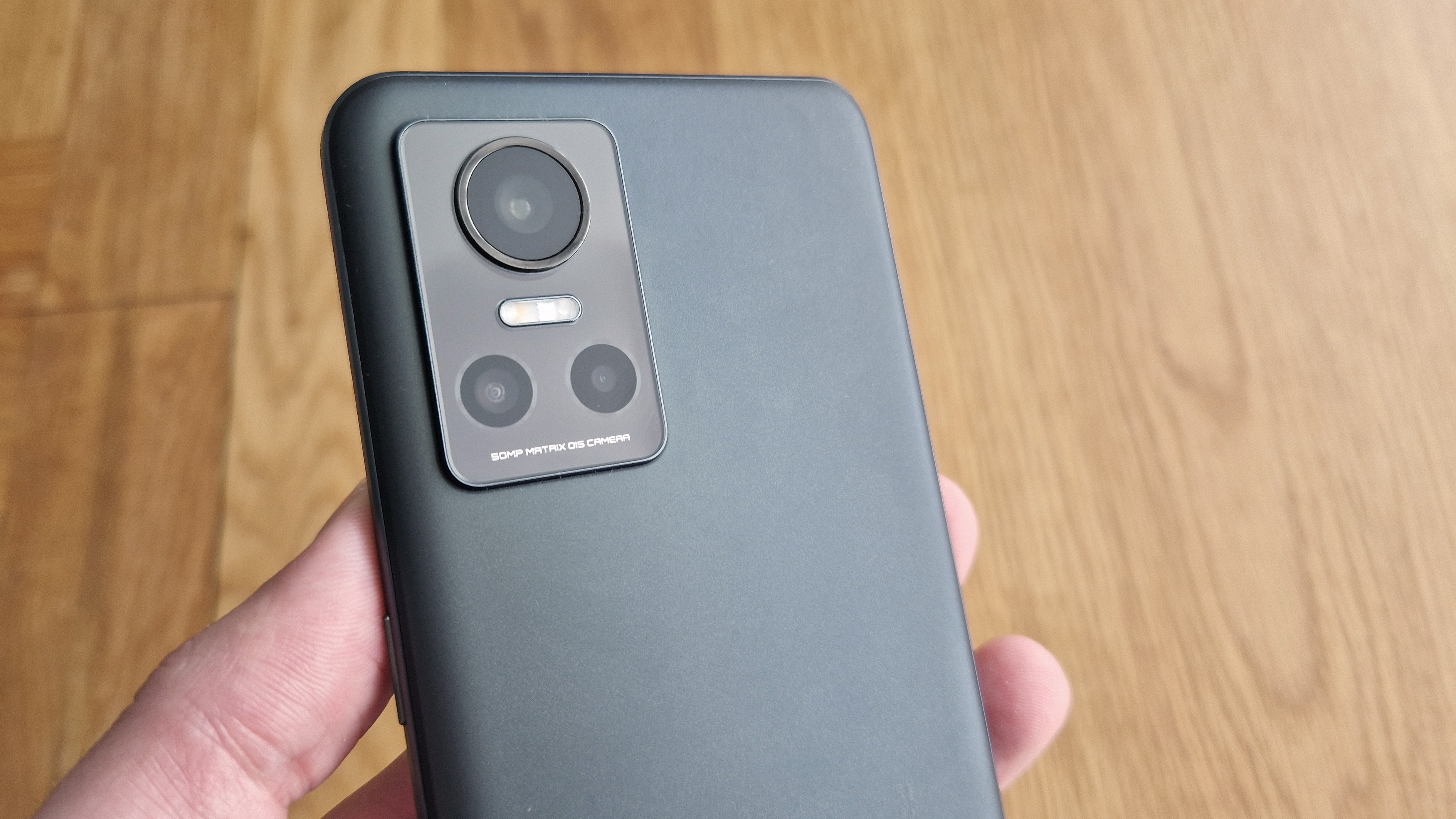
A key part of any phone's make-up these days is its cameras array, which on the Realme GT Neo 3 comprises a trio on the rear: a 50-megapixel main, an 8MP ultra-wide, and 2MP macro.
Let me get the bad bit out of the way first: the macro lens is utterly pointless, as it is on any given phone in my opinion, so basically forget that's there and then consider the GT Neo 3 to be a dual camera device.
The wide-angle lens can't deliver the most precise of detail, as you can see in the aeroplane shot's corners in the below gallery, but its shots are still acceptable. There's also HDR (high dynamic range) adjustment to assist with backlighting to deliver more balanced results overall.
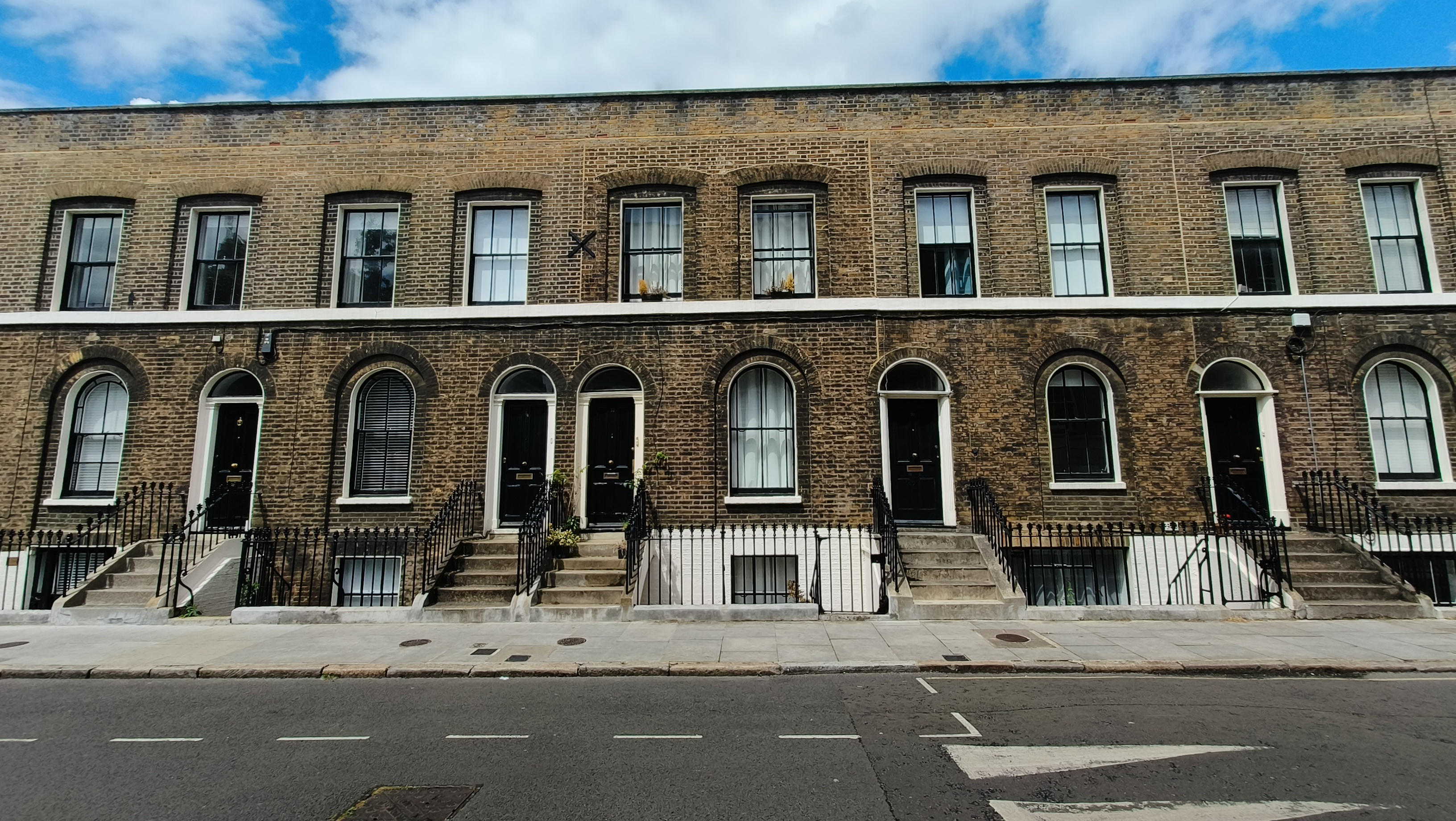
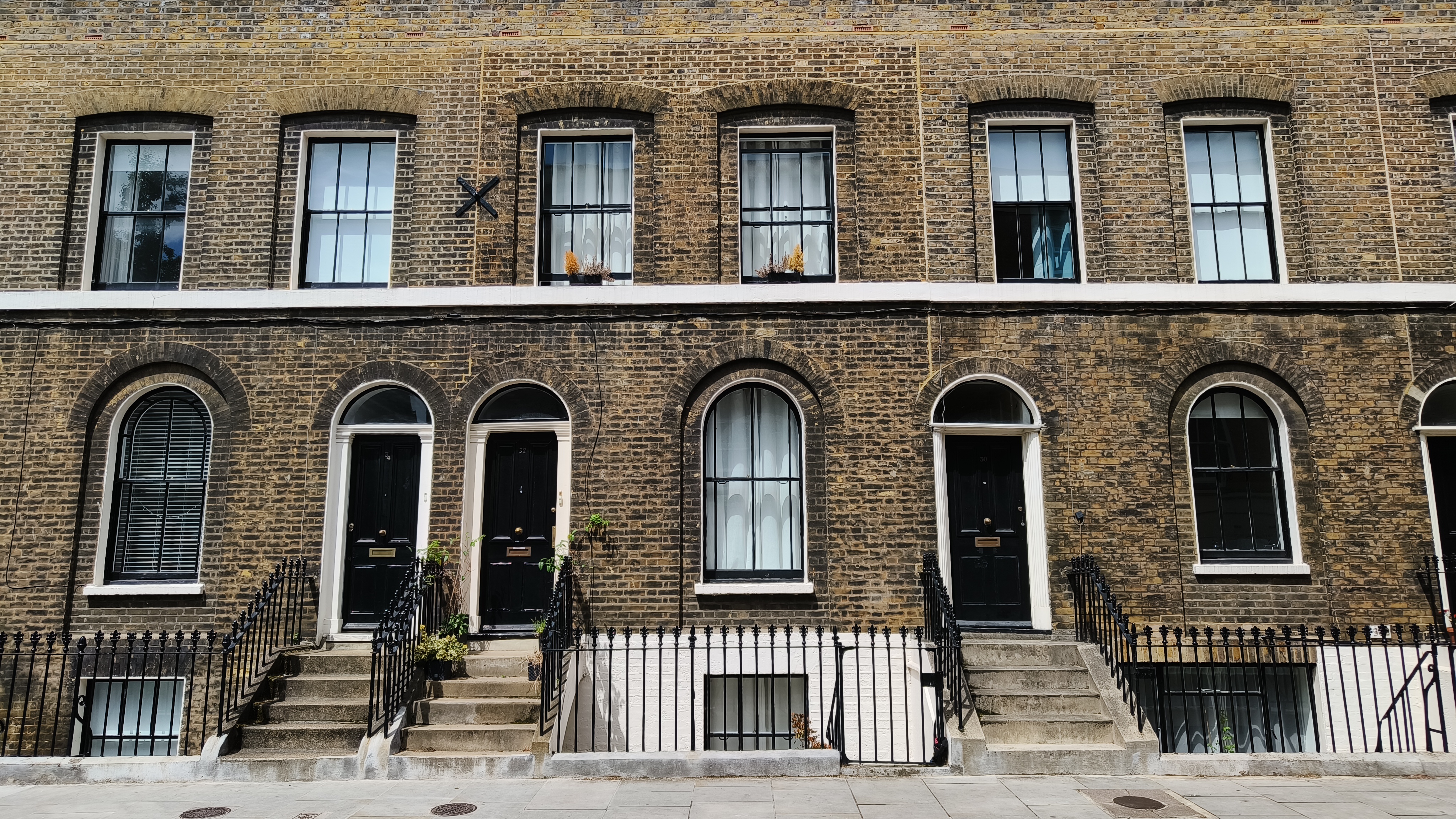

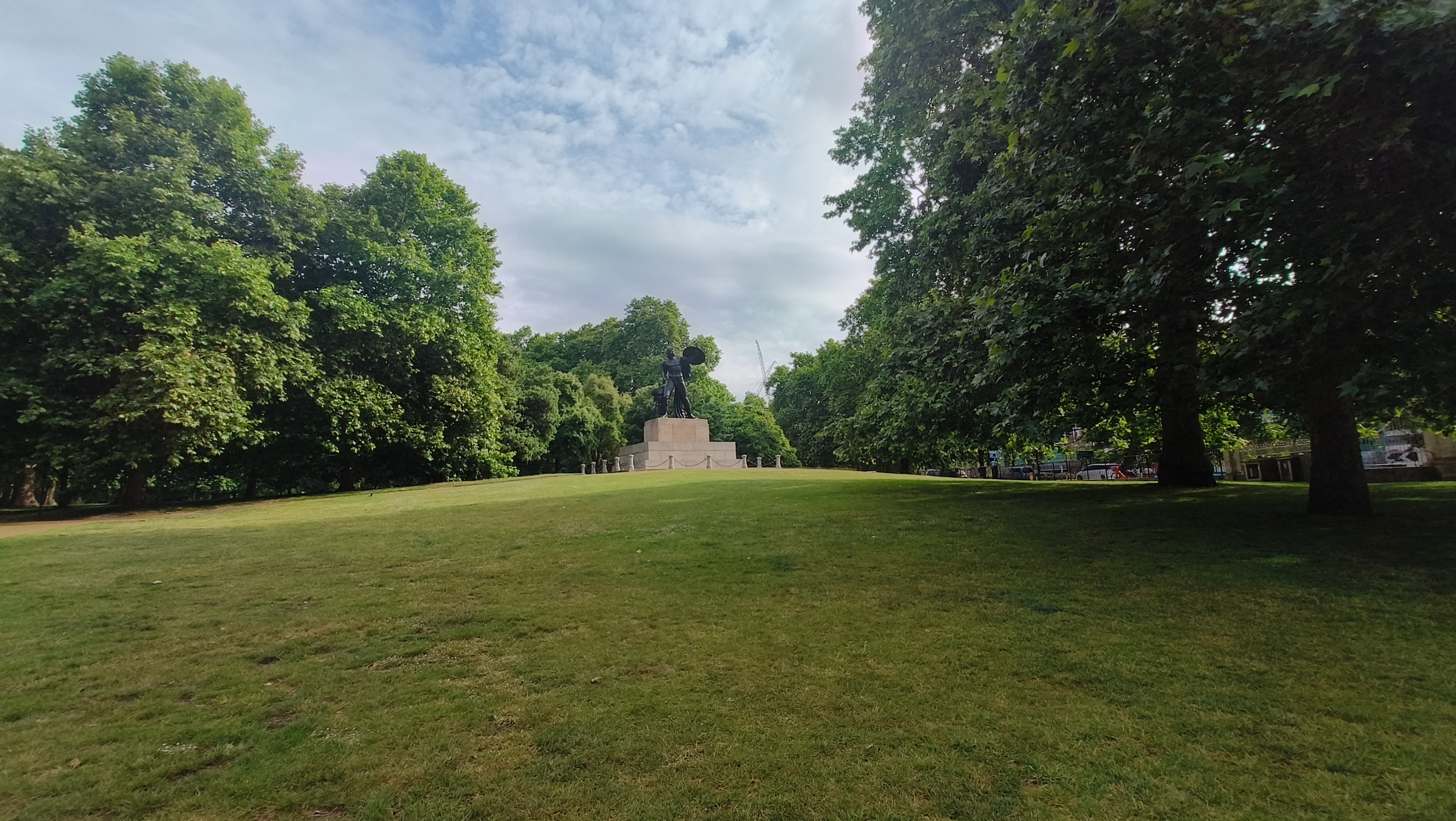
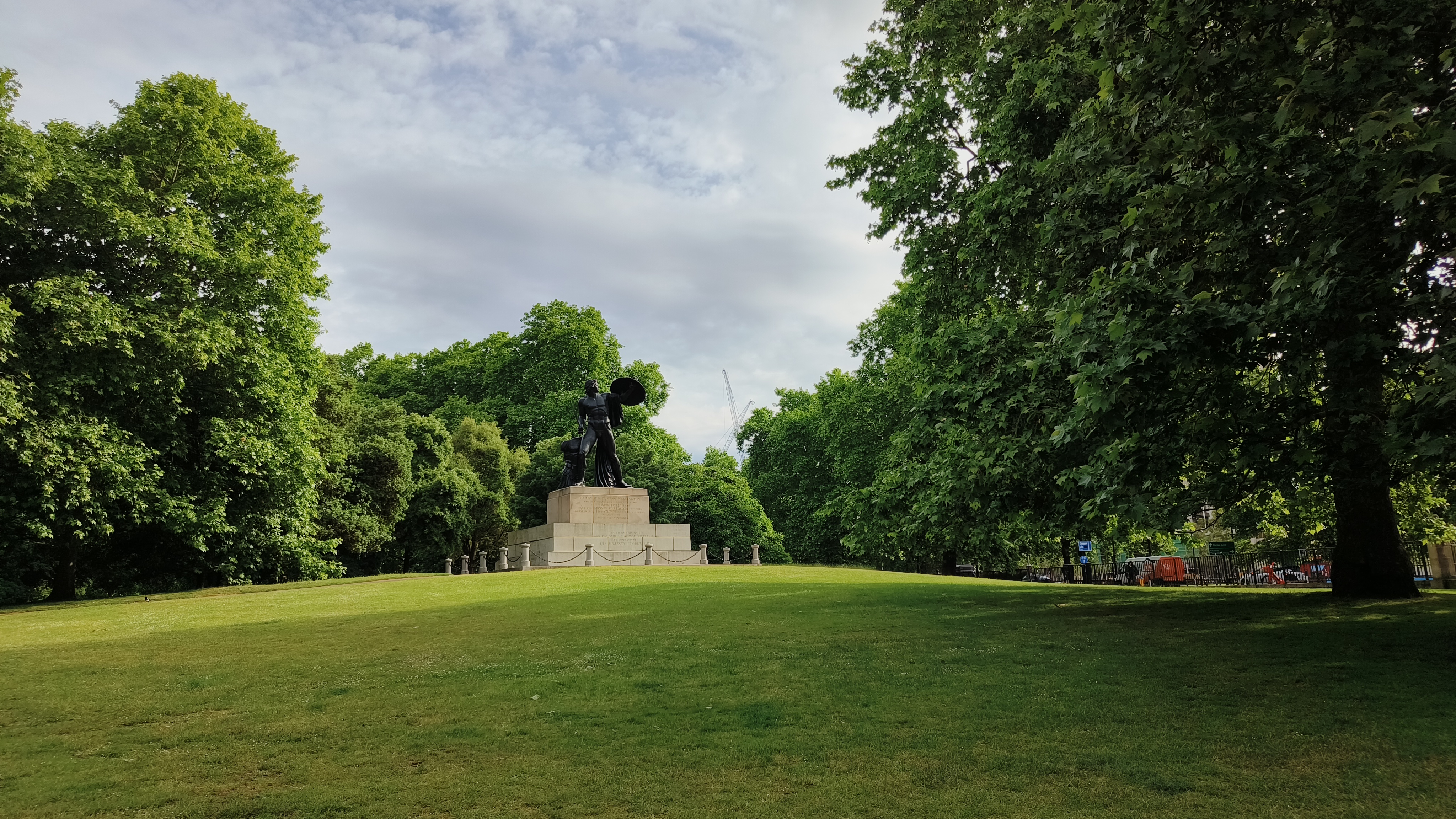


But there is good news too: I find the main camera to be relatively accomplished, thanks to the use of a decent sensor (Sony IMX766) and high resolution (50MP) that gives the sensor enough data to squash into smaller-scale but relatively detailed shots.
The camera app itself is also fast to respond, with a snappy shutter, and easily locatable options to switch on/off the HDR mode, the AI scene enhancer, adjust aspect ratio, flash and such like.
There are additional shooting modes, too, such as Portrait and the 50M mode for full-fat 50-megapixel resolution. The macro mode is rather tricky to locate, but that's probably for the best as it's no good anyway – just use the main lens to shoot closer up.
Having 50-megapixels at your disposal also means the 2x digital zoom isn't a total write-off either, so if you find yourself in need of getting a little closer to the action then a simple tap on 'single tree' icon will just into 2x (just as the 'tree trio' will dive into the 0.6x ultra-wide).
Realme GT Neo 3 review: Verdict

The Realme GT Neo 3 is a largely accomplished flagship for a cut of the price, complete with some eye-catching headlines that I've found impressive, including a bright and fast-refresh display, plus 150W fast-charging that's unbeaten in today's market.
However, I find its software sometimes clunky – including various notification perils – while the so-so cameras also hold it back from truly rivalling the very best in its category. And there's rather a lot of competition, as we'll touch upon below.
I'm certainly impressed by the Realme GT Neo 3's insane charging speed though, which for some will be worth the ticket price alone. If only the software experience kept it on the tracks, then it'd be a better life in the fast lane.
Also consider
Now nothing is going to beat the Realme GT Neo 3's ultimate charging speeds, granted, but in terms of everyday operability, and at this price point, there are a variety of other options.
The first I'd select is the Google Pixel 6. It's around the same price. It's got a more unique style. Its software is miles better. And its camera, while more simple on the face of it, is more accomplished from a computational photography point of view.
A second option, if you want to spend a little less, comes from the OnePlus 8T. No, it's not the flashiest in the range – that's given to the OnePlus 8 Pro – but the sub-£450/$500 price point makes it extra appealing. The software is better than Realme's in my view, too, thanks to fewer bothers.

Mike is T3's Tech Editor. He's been writing about consumer technology for 15 years and his beat covers phones – of which he's seen hundreds of handsets over the years – laptops, gaming, TV & audio, and more. There's little consumer tech he's not had a hand at trying, and with extensive commissioning and editing experience, he knows the industry inside out. As the former Reviews Editor at Pocket-lint for 10 years where he furthered his knowledge and expertise, whilst writing about literally thousands of products, he's also provided work for publications such as Wired, The Guardian, Metro, and more.
